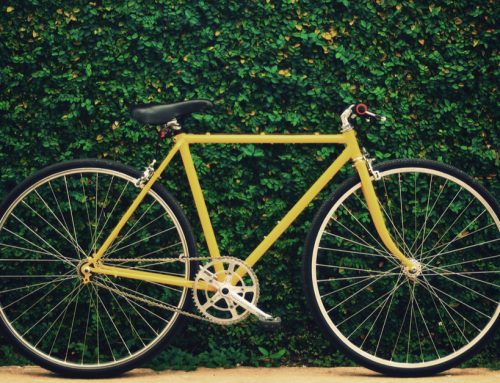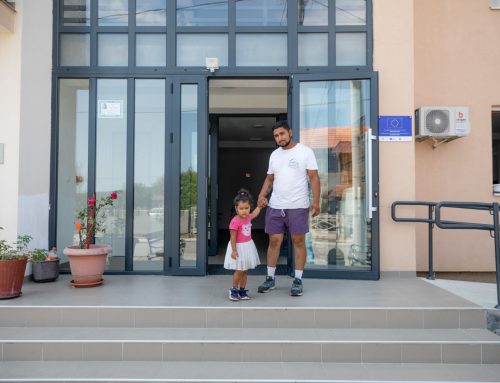There are some 1,000 children living and working in the streets in Belgrade, which is why EU Info Centre and Centre for Youth Integration seized the opportunity and today, on International Day of children involved in the life and work on the street, organised a workshop for 50 children, regular visitors of two Belgrade shelters for children, thus launching the EU support project.
For the period of two years, the project “Shelter for children involved in the life and work on the street in Belgrade,” worth EUR256,000, will be implemented by Centre for Youth Integration and Ministry of Labour, Employment, Veteran and Social Affairs. The project is supported by the EU Delegation to Serbia with EUR189,000 and is part of a wider programme – EU Support to Inclusive Society – funded with EUR5.4 million.
Bizel: “Children are the most vulnerable group, their inclusion must be guaranteed”
Head of Operations I at the EU Delegation to Serbia Nicolas Bizel said that, due to social exclusion, children were the most vulnerable group.
“Inclusion of these children must be guaranteed not only by law, but also by the State which should ensure a framework to uphold their rights,” Bizel said.
Representative of Ministry of Labour, Employment, Veteran and Social Affairs Aleksandar Rankovic said it was essential to raise awareness about the growing number of children in the streets, with over 1,000 of them already spending their childhood in inadequate conditions in Belgrade.
According to him, 70 per cent of these children are of Roma descent, hail from dysfunctional families and poverty and are neglected or exploited. Establishment of such centres and support to social inclusion of children, through workshops, educational and social support, would be a step forward, Rankovic said.
Tosic: Around 80% of shelter children complete primary education
There are two shelters for street children in Belgrade – one in Krfska street in Zvezdara municipality and the other in Arsenije Carnojevic Boulevard in urban municipality of Novi Beograd.
Project Manager Marko Tosic says their services meet the basic needs of children such as food, personal hygiene, clothes as well as professional assistance from teachers, psychologists, social workers and nurses, with the aim of linking these children to institutions of social welfare, health and education.
“Apart from our field work, we also work with parents, families, in order to decrease the risks they are facing every day in a timely and adequate manner, Tosic said.
He said the percentage of shelter children enrolled in school was high.
“Many of them come from informal settlements where living conditions are rather poor, whereas we provide them with school material and perform daily monitoring of class attendance, etc., while at the same time we work on prevention and inclusion in pre-education institutions, said Tosic.
According to him, around 80 per cent of shelter children complete primary education.
Bosko: “I take showers, eat, study and play with friend in shelter”
Bosko, a boy of 13, goes to Desanka Maksimovic elementary and says he highly appreciates his stay in shelter where he can hang out with friends, take a shower, eat, play and take part in workshops.
“First we have breakfast, then we study and go to school,” Bosko told Beta Agency journalist and added that his stay in shelter “felt like home” but “with friends around.”
Nine year old Jelena, student of Filip Kljajic Fica elementary and regular visitor of the shelter, told the press she comes to the shelter every day and reads, studies and does her homework.
“We used to beg for money; we would then give the money collected in the bus or on the street to our parents so they could buy us some food,” says Jelena.
At the EU Info Centre workshop, the children wrote letters and made greeting cards for other shelters in the region and watched a film about the life on the street, featuring a young man of about 20 years, his life and ordeals he did not live through because he died of drug overdose.
Read more about the work of Belgrade shelters for children on EU Info Centre blog




